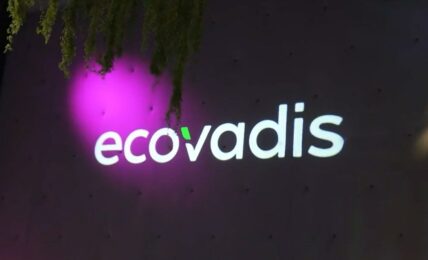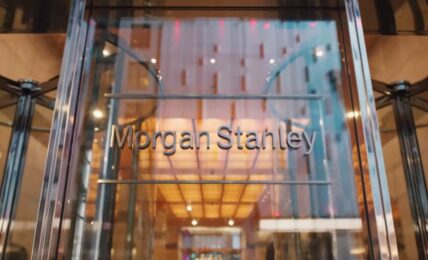Google announced a new agreement with Arizona-based water and electricity provider Salt River Project (SRP) to bring more than 430 MW of carbon-free energy capacity to the Arizona grid, and supporting the company’s clean energy goals.
Google parent Alphabet announced a 24/7 carbon-free energy (CFE) ambition in 2020, aiming to run its entire business on carbon-free energy by 2030, matching electricity demand with CFE supply every hour of every day, in every region where the company operates. According to the company, the agreement will enable it to reach at least 80% CFE in its Arizona operations by 2026.
The new agreement follows the launch by Google of its first Arizona data center in Mesa, which the company expects will be operational in 2025.
In a post announcing the new agreement, Amanda Peterson Corio, Global Head of Data Center Energy at Google, said:
“Reaching at least 80% CFE for our Mesa data center is essential as we continue working toward our ambitious goal to run our entire business on 24/7 CFE by 2030.”
The new agreement includes wind power and solar energy as well as battery storage from three facilities operated by NextEra Energy Resources on SRP’s power grid, including the Sonoran Solar Energy Center, Storey Energy Center and Babbitt Ranch Energy Center.
The new Mesa data center will use air cooling technology, instead of water cooling, as Google found that the local water source was at high risk of depletion and scarcity. The company also outlined other initiatives it is pursuing in the Mesa area, including partnering with Mesa’s Shade Tree Program to fund tree-planting workshops, and providing $100,000 support of the Mesa College Promise, helping qualified high school students and adult learners in the community to access higher education with fully free tuition and access to additional support services.
Peterson Corio said:
“Our Mesa data center will be operational in 2025, and our work doesn’t end with these programs. We’ll continue to collaborate with SRP to decarbonize the grid, invest in local programs, and support overall economic development in the area.”


